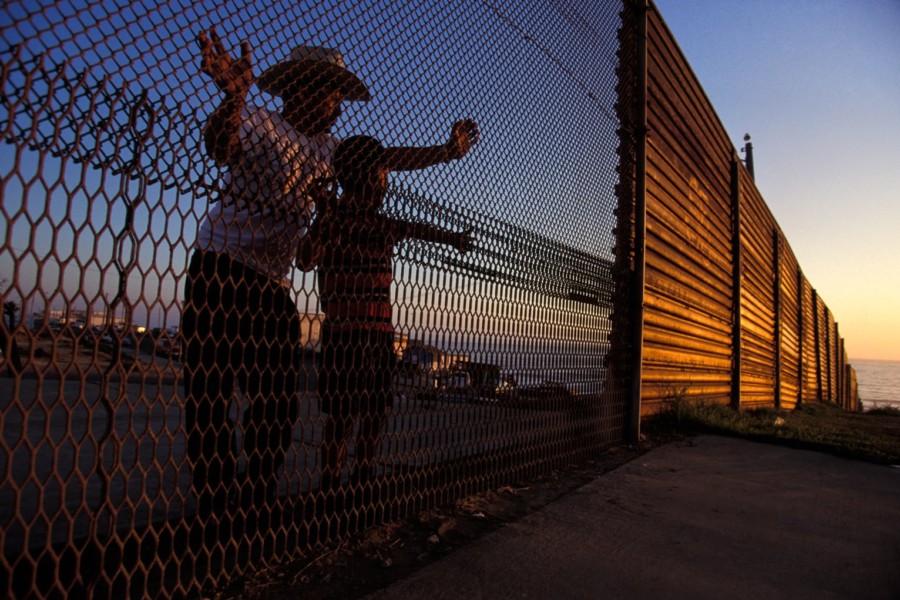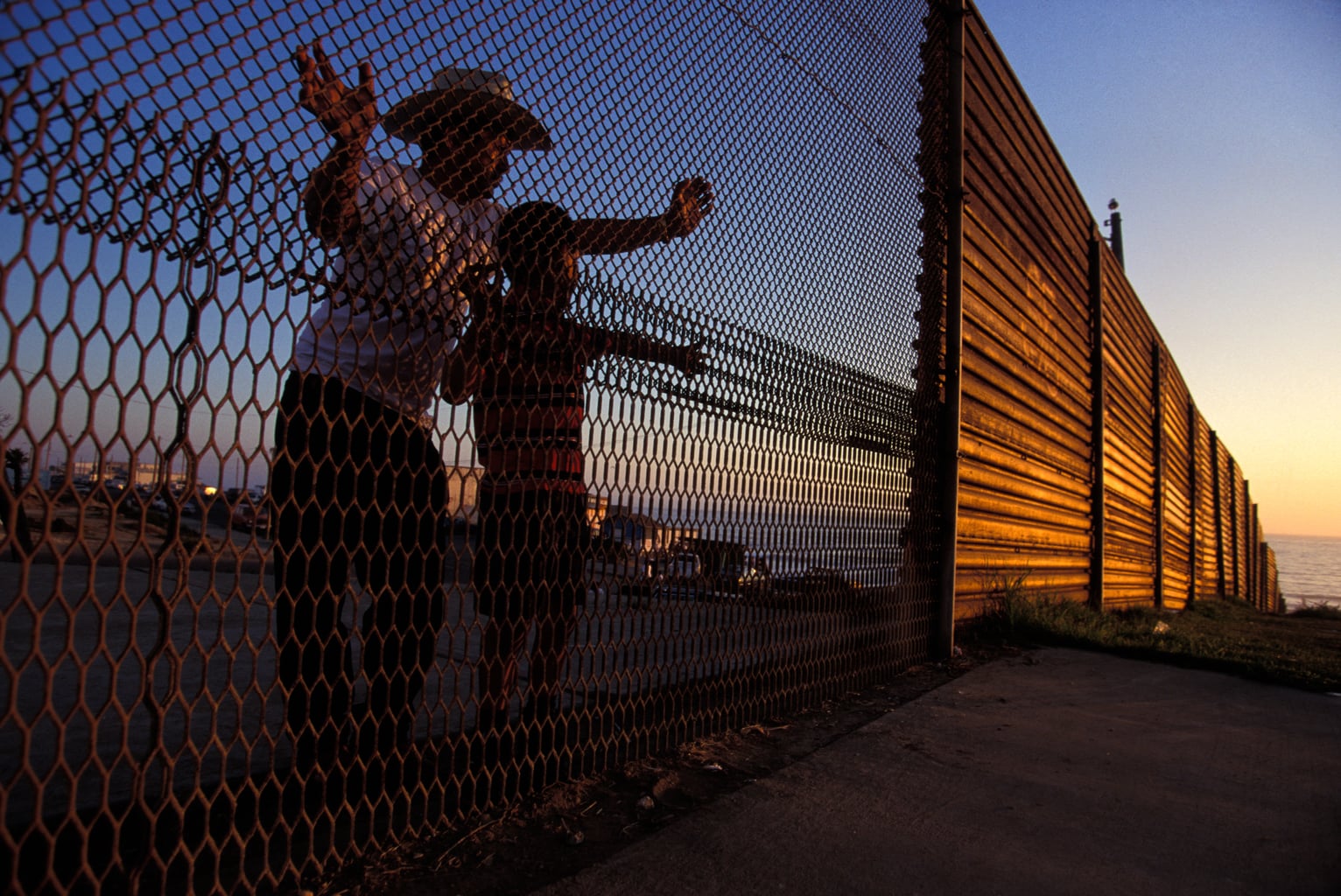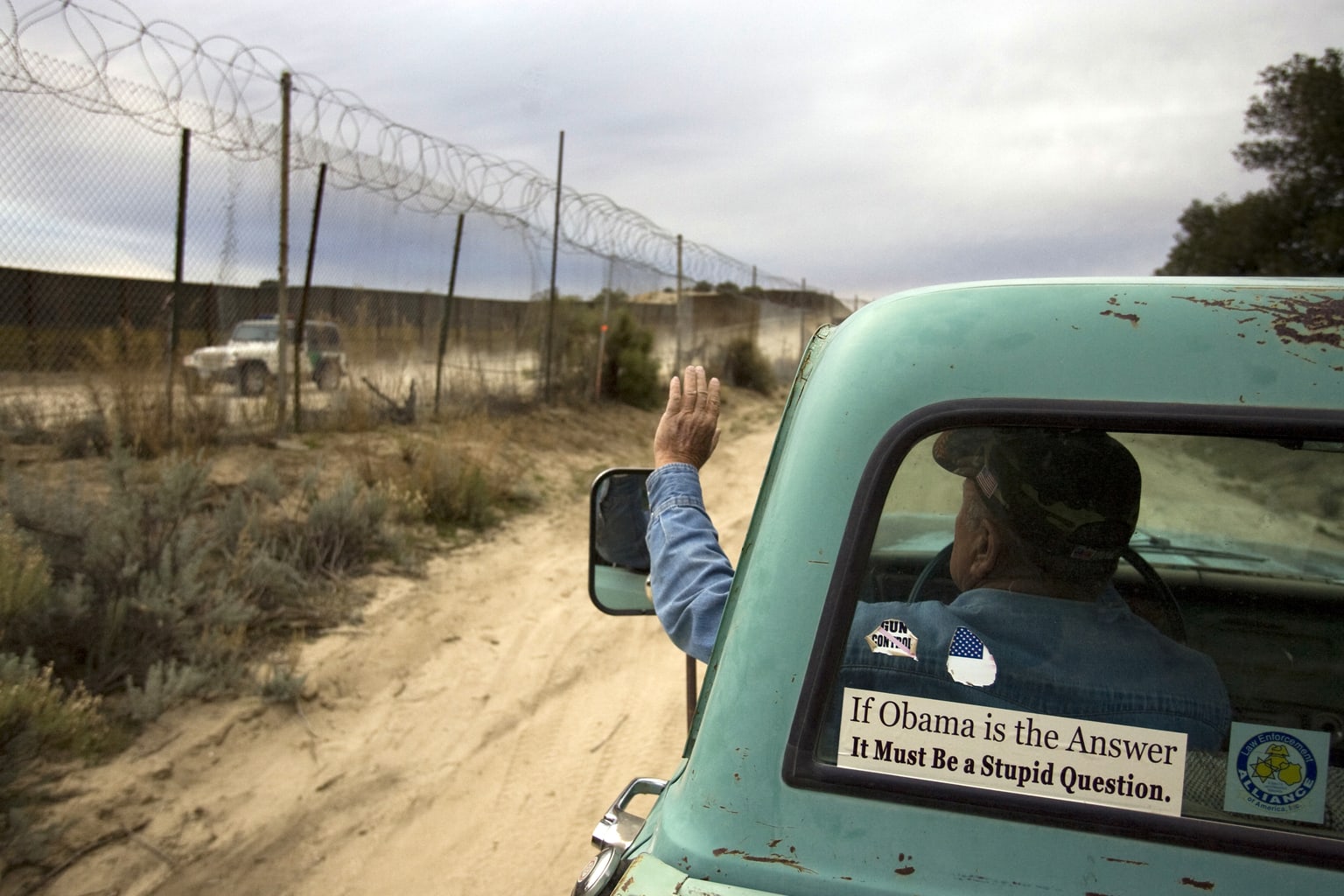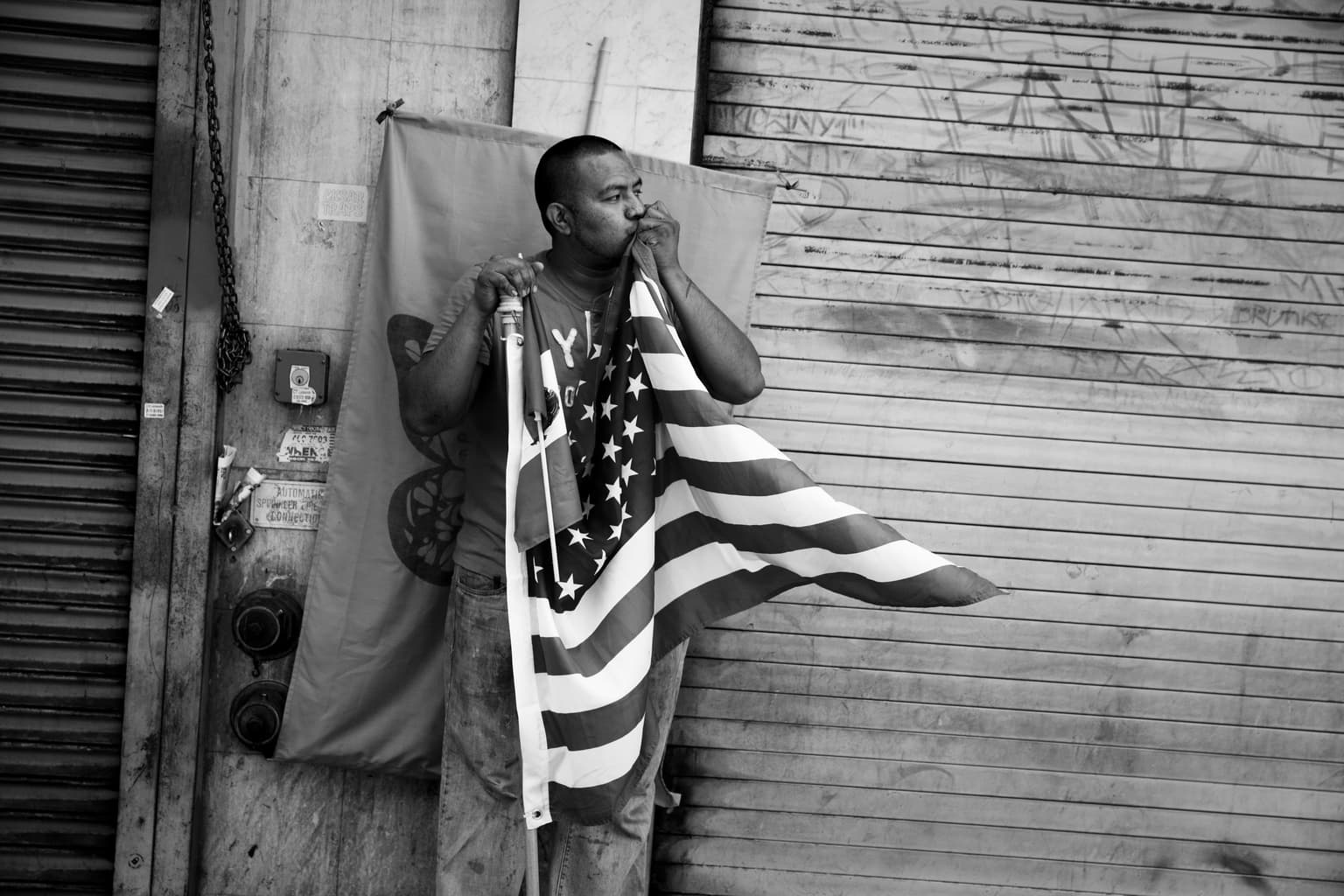Share
Capturing Families Divided By a Border
This is the latest in our One Photo series, where photographers share their most meaningful photo and the story behind it. We asked freelance ph...

This is the latest in our One Photo series, where photographers share their most meaningful photo and the story behind it.
We asked freelance photographer Todd Bigelow to share the story behind this photo of a father and son looking through the US/Mexico border fence.
What is this a photo of? What’s the subject and where did you take it?
The photo shows a father and son looking through the US/Mexico border fence and into California from Tijuana, Mexico. This image was taken in 1994 at Friendship Park near the beginning of my long term project on immigration, which I continue to shoot today.
The park, in Imperial Beach just west of San Diego, is where the fence runs into the Pacific Ocean. It’s also where families living on both sides of the border would gather to visit, share food and even make quick forays through holes in the fence to hug loved ones. I wouldn’t say enforcement was lacking in those days, but agents were often seen chatting through the fence with migrants and generally kept a distance to allow divided families to enjoy their time. It’s definitely different now. Much more militarized.

View from another world, a father and son peer through the international boundary into the United States from Tijuana, Mexico. © Todd Bigelow
Why does this one photo mean something to you?
This photograph resonated with me from the moment I took it. It’s such a quiet moment and I’ve always been drawn to capturing somewhat symbolic shots. I felt that the way the scene came together personified the issue as I understood it.
I had been making the 150 mile trip to the border to document the region and gravitated to this park where I heard families gathered on opposite sides of the fence. As the day was drawing to an end I saw the young boy approach the fence on the Tijuana side and look in. The father then approached behind him. The light was beautiful and I remember stopping down a bit to shoot deep and capture the quality of the fading light. I began shooting as the father spoke to the son and pointed to the beach that was within steps but couldn’t have felt farther away. The light reflecting off the metal fence helped drive the point of the division our country was experiencing with regard to our southern neighbors. It was a sad moment for me and catapulted the issue to the forefront of my personal projects where it remains today.

Bob Maupin, a rancher along the U.S. Mexico border in Campo, California, patrols his property for undocumented migrants on Barack Obama’s inauguration day, January 20, 2009. © Todd Bigelow
Why does this photo still move you today?
This photo reminds me that a few yards can mean a whole new life full of opportunities and freedom in some parts of the world, yet it might as well be a million miles away. I feel for the father and son now as I did then because little has changed.
Immigration is used as a political football that’s punted every major election with some years seeing stronger kicks, so to speak. But political posturing will never solve an issue like immigration because it’s a human rights issue that needs to be handled with empathy. This is why I spent some time photographing in a Catholic shelter for migrants south of the border. Our neighbors to the south should be appreciated for their many cultures, work ethics and commitment to family values and they deserve America’s respect. Walls don’t respect, they sow division and animosity.

Immigrant rights supporters march in Los Angeles as part of May Day celebration calling for immigration reform and a path to citizenship for undocumented migrants. © Todd Bigelow
What has this photo taught you about being a photographer?
Photojournalism is pretty much the art of hanging out and this photo really taught me how to observe and work quietly. I’m not a gear hound and I definitely try not to look like a “pro” photographer.
With less gear and bags it’s much easier for me to be be dismissed by subjects as someone to not be concerned with. That’s my goal. At that time I was working primarily with a Leica M6, a light meter and a bunch of Kodachrome stuffed in my pockets. That’s about it. Even though I’m all digital now, I still work in similar situations with a couple bodies and maybe a small satchel bag. Being unobtrusive, in my opinion, is key to making impactful, real images.
Todd Bigelow has also been a PhotoShelter member since 2008. We asked Todd to share a few thoughts on what he loves most about the platform.


